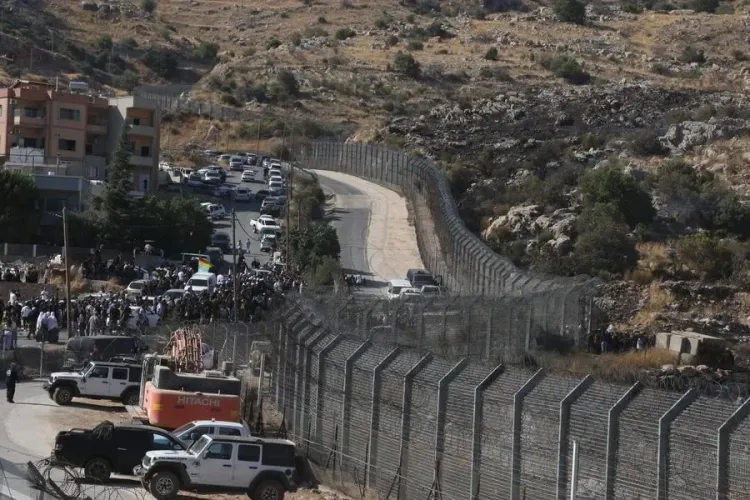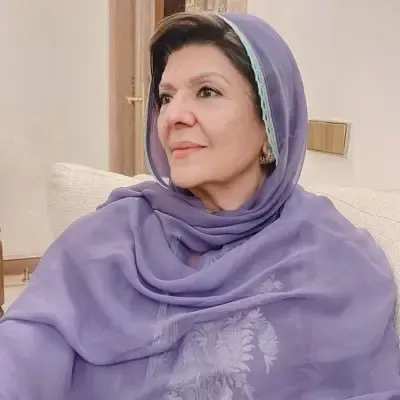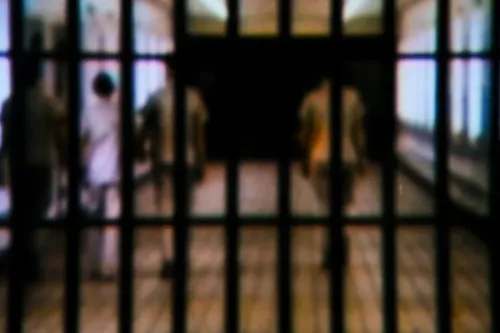Is a Ceasefire Deal Between Syria and Israel Possible with US Mediation?

Synopsis
Key Takeaways
- Ceasefire agreement reached between Syria and Israel.
- US mediation played a crucial role.
- Agreement supports regional stability.
- Local factions are required to disband.
- Heavy weapons must be surrendered.
Damascus, July 19 (NationPress) Leaders from Syria and Israel have successfully negotiated a ceasefire agreement facilitated by the United States, following a series of violent sectarian clashes in southern Syria that led to significant Israeli military interventions. US Special Envoy for Syria, Tom Barrack, revealed the truce early on Saturday, confirming that Israeli Prime Minister Benjamin Netanyahu and Syrian interim leader Ahmed al-Sharaa, with the backing of US Secretary of State Marco Rubio, have consented to halt hostilities.
This agreement has garnered support from regional stakeholders, including Turkey, Jordan, and neighboring countries of Syria.
In a social media statement, Barrack urged the Druze, Bedouins, and Sunnis to lay down arms and collaborate with other minorities to forge a new, united Syrian identity grounded in peace and prosperity alongside its neighbors.
The ceasefire follows six days of intense sectarian violence in the southern province of Sweida, which resulted in hundreds of fatalities and raised concerns over a wider regional conflict.
As part of the truce, Syrian government security and military forces will be permitted to return to all areas of Sweida, as reported by local media.
The agreement includes the disbanding of local factions, the surrender of heavy weaponry, and the integration of former fighters into state security operations.
The spiritual leadership of the Druze community has welcomed the ceasefire, expressing their willingness to cease ongoing hostilities and advocating a return to wisdom and reason.
This deal arrives amid increasing humanitarian crises in Sweida, where UN aid convoys have recently been barred from entering conflict zones, according to the Xinhua news agency.
The Syrian government has yet to release comments on this ceasefire.
Violence erupted suddenly in Sweida, showcasing the precariousness of Syria's stability just six months after the previous government’s collapse, sending shockwaves throughout the region.
In the past week, Sweida experienced some of the most lethal intra-Syrian conflicts in years. What began as a local disagreement between the Druze and Bedouin tribes escalated into an urban conflict involving Syrian government forces.
As of Thursday, reports indicated nearly 600 fatalities, including many civilians and combatants from all sides, according to the Syrian Observatory for Human Rights (SOHR).









